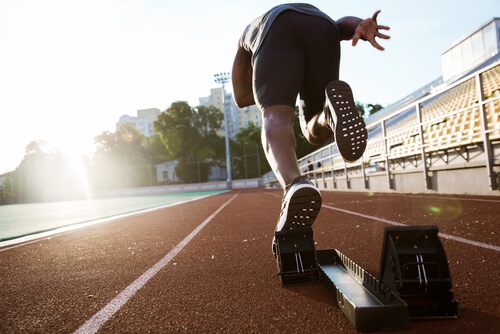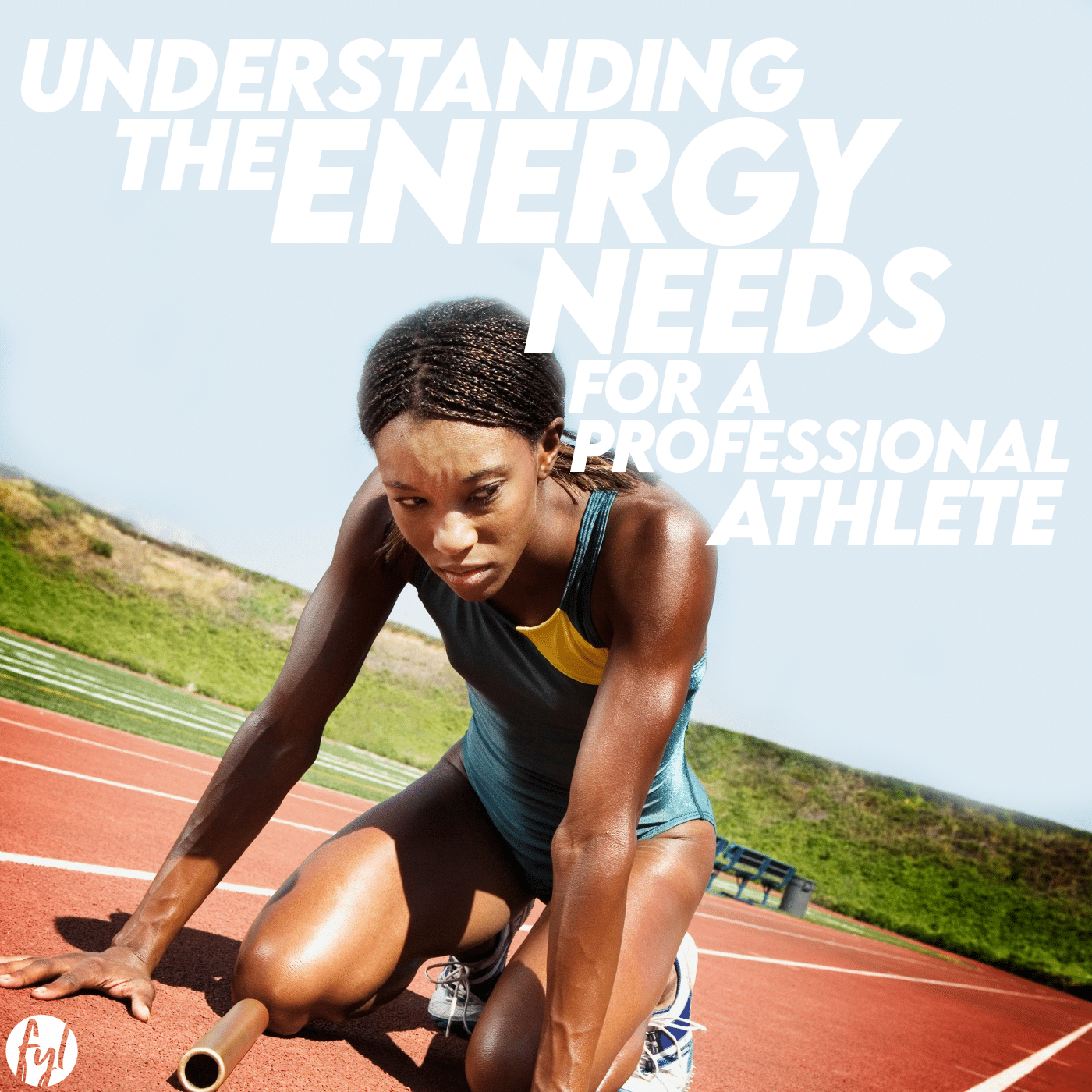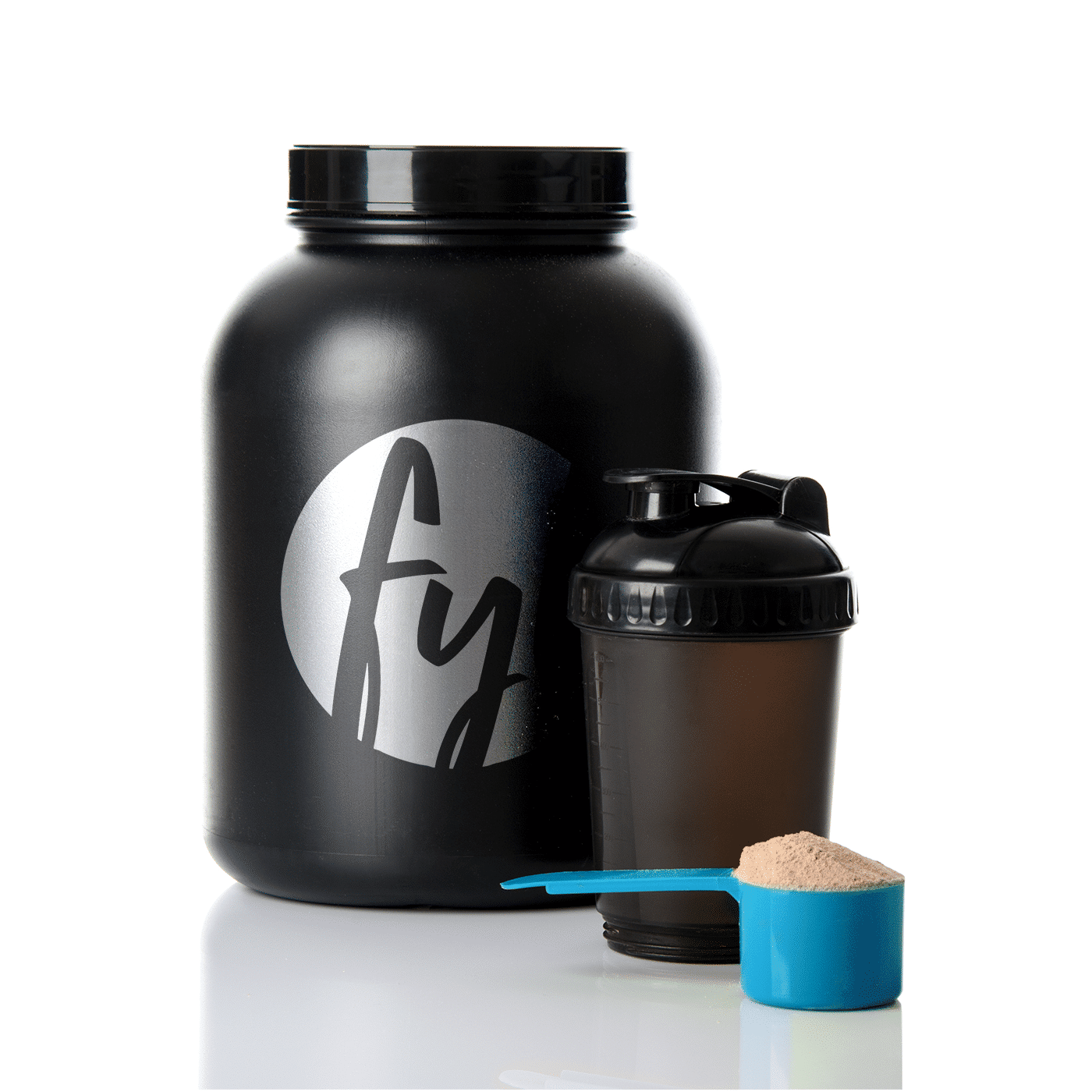As an athlete, optimising your training and performance with the right dietary choices is an essential part of success. While there is a myriad of approaches out there, one of the most effective and widely used is centered around the Glycaemic Index (GI).
Maybe you’ve never heard of this term before. Maybe you have heard of it but simply don’t know how it relates to performance. Today, we’re going to explore what the Glycaemic Index means for your body and how you can use it to your advantage on race day.
What is the Glycaemic Index?
Carbohydrates are an important fuel source for the body, but not all carbs are created equal. The Glycaemic Index is a system that ranks carbohydrates based on how quickly they convert to glucose in the blood stream (the form of sugar used by the body for energy) on a scale between 1 and 100.
Foods that have a low GI ranking of 55 or less are generally considered to be the healthy options. The reason for this is that they are digested, absorbed and metabolised by the body more slowly and therefore result in a more stable rise and fall in blood glucose and insulin levels. Put simply, it provides a more sustained and steadier source of energy throughout the day.
However, just because a food has a higher GI, that doesn’t mean it’s always bad for you. In fact, for many athletes high GI foods play an important part in preparing for events.
How does the GI affect an athlete’s training and performance?
As we mentioned, low GI carbohydrates are generally the healthier everyday food choice. Because these foods are digested and metabolised slower, they keep you energised and feeling fuller for longer. A low GI diet will include food such as fruit and some vegetables, wholegrain bread, pasta, legumes, milk and oats. Basically, this energy is perfect for a busy day of training where energy levels need to be consistently high. It can also be a great way to lower body fat percentage and achieve physical health goals in a sustainable way.
When it comes to eating on an event day however, high GI carbohydrates can come in very handy. These types of carbs digest to glucose into the bloodstream very quickly, providing a kick of energy when you might need it most. This can be particularly beneficial for athletes who exert maximum amounts of energy over a short period of time, such as sprinters, or for long-distance athletes who want to keep their energy levels up mid-race. Choosing high GI carbohydrates also helps to minimise gastrointestinal discomfort as they are often lower in fibre and fat and do not sit in the stomach for as long as their lower GI counterparts.
What are the ideal foods for optimal race day performance?
Now that we know what the GI is and how it relates to an athlete’s performance, you might be wondering what the best foods for race day are. It’s important to understand that every athlete is different, and diet should be altered depending on the type of event and intensity of exercise.
Here at Fuel Your Life, we advise many of our athletes to eat higher GI foods such as jelly lollies, grapes, bananas and honey or vegemite sandwiches on white bread immediately before an event. In certain cases, long-distance athletes might even benefit from consuming energy gels and sports drinks during their race to provide a quick burst of glucose into the bloodstream and prevent them from running out of energy mid-race.
Discover the right performance nutrition for your needs…
Fuel Your Life’s team of experienced dietitians are passionate about helping Australian’s get the results they want using the power of healthy diet and exercise. Get in touch with someone from our team today to find out how we can help you maximise your performance with a personalised plan.







